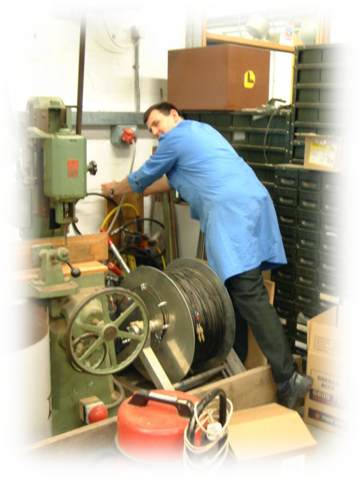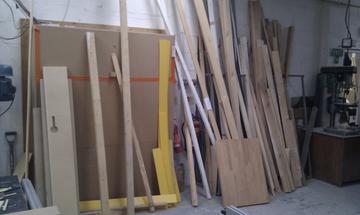Can the manual handling be avoided? For instance, when a new piece of equipment is being delivered, can the risks be ‘transferred’ to the company who is delivering the item? It's often possible to ask the supply company to deliver to the point of use, rather than to the entrance door or goods-in. This may incur a cost, but the delivery company are more likely to have designated lifting equipment and individuals who are trained in the activity, thus reducing the risk placed on University personnel.
Similarly, removal companies are available, and are often best placed, to undertake high-risk manual handling activities. Specialist removal companies also exist to assist with items that not only pose a risk from lifting, but from other hazards as well, such as chemicals or electrical machinery.
Other options may include keeping heavy loads in a single location and working around them, rather than moving items around buildings. For example, it might be possible to decorate or refurbish rooms whilst leaving certain items in the room, but by sheeting over and building protection around the item.




